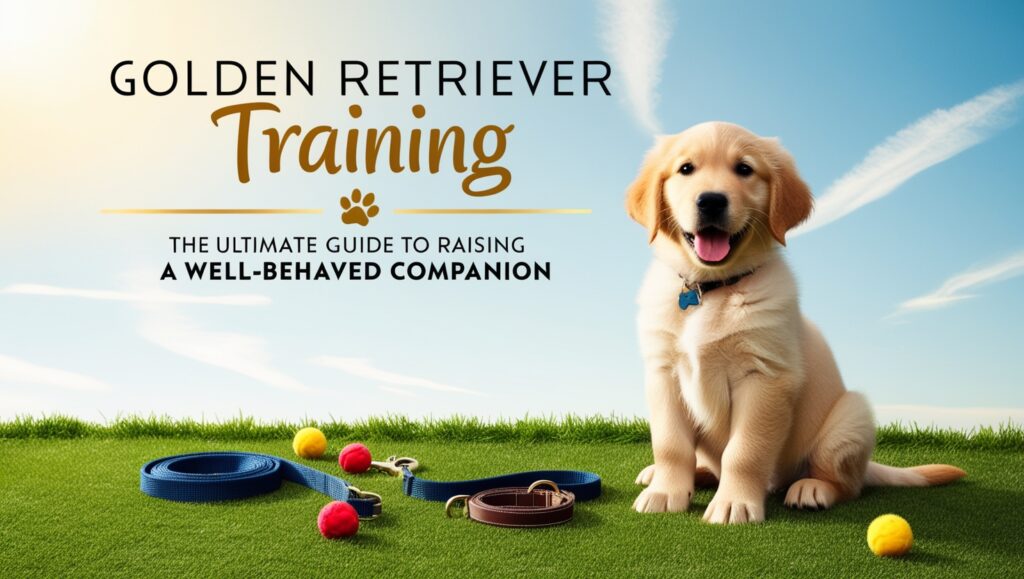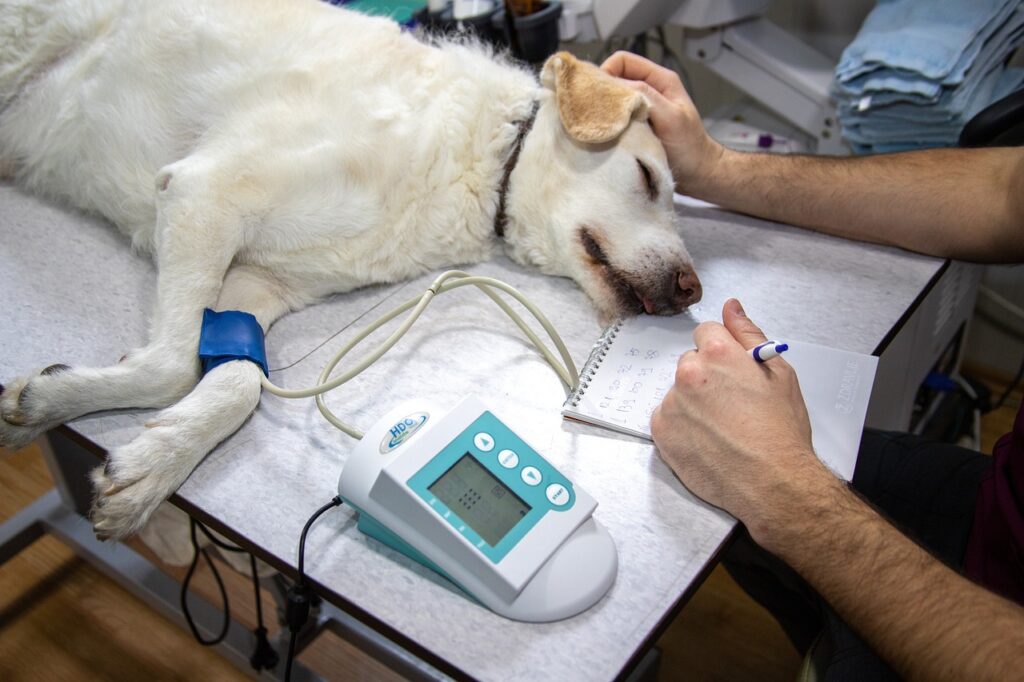Golden Retrievers are known for their intelligence, friendly nature, and eagerness to please. These qualities make them highly trainable, but proper guidance is essential to help them reach their full potential. In this comprehensive guide, we’ll walk you through everything you need to know about Golden Retriever training, from puppyhood to adulthood.
Why Train Your Golden Retriever?
Training is crucial for several reasons:
- Builds a strong bond between you and your dog
- Ensures your Golden Retriever is well-behaved in various situations
- Provides mental stimulation and prevents boredom
- Enhances safety for both your dog and others
- Makes daily life easier and more enjoyable for everyone
When to Start Training Your Golden Retriever
The best time to start training is as soon as you bring your puppy home, typically around 8 weeks old. Golden Retrievers are quick learners, and early training helps establish good habits from the start.
Essential Training Equipment
Before you begin, gather these items:
- Treat pouch
- Soft collar and harness
- 2-meter training leash
- Non-slip vet bed or soft mat
- High-value treats
- Two identical toys for retrieval games
- Soft grooming brush
- Crate and playpen (optional but recommended)
Golden Retriever Training Timeline
Weeks 8-12: Early Puppy Training
Focus on:
- Socialization: Expose your puppy to various people, animals, and environments
- Basic commands: Teach “sit,” “stay,” “come,” and their name
- Potty training: Establish a routine and reward successes
- Crate training: Make the crate a positive, safe space
- Leash introduction: Get your puppy comfortable with wearing a collar and leash
Weeks 12-16: Building on Basics
Continue with:
- Reinforcing basic commands
- Introducing “down” and “leave it”
- Beginning loose-leash walking
- Expanding socialization experiences
- Working on bite inhibition
Months 4-6: Advancing Skills
Focus on:
- Perfecting recall in various environments
- Introducing more advanced commands like “heel” and “stay” with duration
- Beginning off-leash training in secure areas
- Continuing socialization with new experiences
- Introducing retrieval games (a natural instinct for Golden Retrievers)
Months 6-12: Refining Behaviors
Work on:
- Proofing commands in different environments with distractions
- Advanced obedience training
- Introducing agility or other dog sports if interested
- Continuing to reinforce good behaviors and manners
Key Training Techniques for Golden Retrievers
- Positive Reinforcement: Use treats, praise, and play to reward good behavior
- Consistency: Ensure all family members use the same commands and rules
- Patience: Remember that learning takes time, especially for puppies
- Short Sessions: Keep training sessions to 5-10 minutes for puppies, gradually increasing as they age
- Socialization: Expose your Golden Retriever to various people, animals, and environments to build confidence
Common Training Challenges and Solutions
- Excessive Mouthing: Redirect to appropriate chew toys and teach bite inhibition
- Jumping on People: Teach an alternative behavior like “sit” for greetings
- Pulling on Leash: Use positive reinforcement for walking nicely and practice in low-distraction areas first
- Resource Guarding: Teach “drop it” and “leave it” commands, and practice trading items for high-value treats
- Separation Anxiety: Gradually increase alone time and provide mental stimulation toys
Advanced Training for Golden Retrievers
Once your Golden Retriever has mastered the basics, consider:
- Agility training
- Scent work
- Therapy dog certification
- Advanced obedience or rally
- Dock diving or other water sports
Maintaining Training Throughout Your Golden Retriever’s Life
- Regular Practice: Continue reinforcing commands and good behaviors
- Mental Stimulation: Provide puzzle toys and new experiences
- Physical Exercise: Ensure your Golden Retriever gets enough activity to prevent boredom-related behaviors
- Ongoing Socialization: Continue exposing your dog to new people, animals, and environments
- Adapt to Age: Modify training and expectations as your dog enters senior years
Conclusion
Training a Golden Retriever is a rewarding journey that strengthens the bond between you and your furry companion. With patience, consistency, and positive reinforcement, you can raise a well-behaved, happy, and confident Golden Retriever. Remember, every dog is unique, so tailor your approach to your individual pet’s needs and personality. Happy training! This comprehensive guide covers all aspects of Golden Retriever training, from puppyhood through adulthood.



